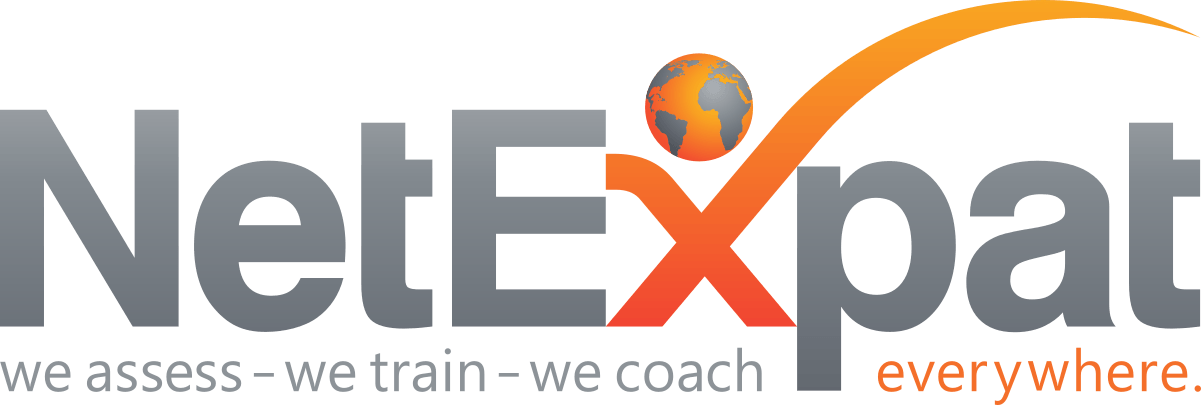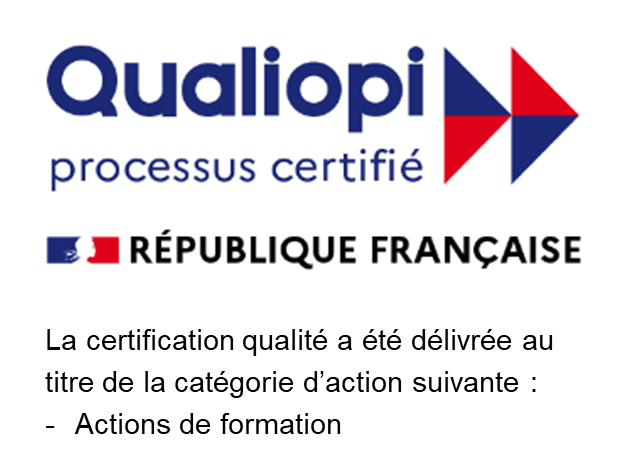Tech Can’t Do It Alone: Isabela Sena on Human-Centered Mobility

Insights from Stellantis’ Isabela Sena on the future of mobility

Isabla Sena
Director of Global Mobility
Stellantis
It’s 2025, and Talent Mobility leaders are looking toward the future with a mix of anticipation and frustration. The move toward automation, AI, and seamless employee experiences has been a hot topic for years, but for many, the day-to-day reality still involves fragmented systems, budget constraints, and two persistent questions: when will technology eventually deliver on its promise—and what will it take to get us there?
In a recent interview, Isabela Sena, Director of Global Mobility at Stellantis, shared her thoughts. “We’ve accomplished a lot over the last few years, but we are not there yet.”, she said.
Isabela has a strong and experienced vision for talent mobility’s future. Read on to discover her views, and why people will stay central and elevated by AI.
When we look at the relationship between employee experience and technology, where do you see progress in the mobility industry?
Isabela Sena - You know, we often say that one size doesn’t fit all when it comes to mobility—and that’s very true. Mobility impacts people’s lives and family dynamics so much!
We are lucky at Stellantis, because we are starting to have the technology we need to support a better EX. But we need more and better technology, including AI to automate time-consuming tasks.
Ideally, what role do you see technology taking two years from now and what would that look like for mobility teams, with the right investment in technology?
Isabela Sena - I’d love to see technology continue to automate manual tasks like cost estimates and assignment letters, enrollment and benefits—so mobility professionals are free to focus on the aspects of mobility that require human sensitivity: connecting with partners and mobile employees, getting a sense of their needs, making sure they’re the right match or profile for an assignment, and getting mobility fully aligned with organizational goals.
Alain Verstandig - What I like about your answer is that it supports the idea of mobility teams becoming strategic partners—both to mobile employees and to the business.
How should we measure the effectiveness of the employee experience and business ROI? What would your ideal KPIs be?
Isabela Sena - Today’s metrics are largely operational: reaction time, first contact, service provider handoff. But with the right technology and tracking, I’d focus on where mobile employees go after the assignment ends. Did they succeed by meeting their individual KPIs? Did they complete the assignment or terminate early? Were they promoted? By tracking all of this we could then show direct contributions to the overall business, from career trajectories and succession planning to market expansion and business growth. We could move from measuring activity to measuring impact.
Alain Verstandig - And that evolution aligns with broader talent trends and business needs, too. Because if organizations want to prove ROI on mobility programs, success metrics need to reflect long-term outcomes: retention, advancement, and cultural integration. It’s not just about the mobility program; it’s also about how mobility benefits the business in the long run.
What do you think is standing in the way of that happening?
Isabela Sena - I think it can be a variety of things, but the two largest factors are investment and integration. At Stellantis, we are in a good position in Talent Management, but not all international employers are so privileged. You may have an organization that doesn’t have a very high annual volume of relocations, for example. Leadership might then assume that the low number of mobile employees doesn’t justify the expense of investing in mobility—tech or otherwise. But if most of those mobile employees are in management and leadership positions, or they have the potential for long-term retention, providing exceptional employee experience is going to be crucial to long-term business success. That makes tracking their growth and retention with the company crucial, too. And, of course, the other challenge is all the complexity that comes with implementing and integrating technological systems: data privacy and compliance, enlisting the coordinated efforts of IT and legal departments—it’s a big undertaking.
Like Stellantis, I think that the overall Talent Mobility industry is making progress. Over the past few years, we’ve seen increases in automation, more openness to AI, chatbots, and more strategic thinking. The challenge now is to accelerate that momentum, and to make sure that technology serves the people implementing it, as well as mobile employees and their employers.
The gap between the best intentions for mobility and implementing those intentions is something we’ve explored before at NetExpat. For example, we’ve examined how AI can streamline operations, but only when paired with human insight. We’ve also covered ways that mobility and HR/talent management professionals can build a case for mobility’s long-term value, so teams can secure leadership support for increased mobility resources and investment. Isabela’s perspective aligns with both themes: the need to balance innovation with empathy, and the urgency of proving mobility’s strategic worth—not just as a means for moving people from point A to B, but also as a strategic partner to the business.
Stakeholder Buy-In
Stakeholder buy-in is crucial to the kind of mobility investment that empowers mobility professionals. But when talent mobility is discussed as a cost center, that’s exactly how executives will view it. To bridge the gap, mobility professionals should take every opportunity to shift perceptions by aligning business conversations with corporate strategy—in breakrooms and budget meetings—to present talent mobility as an investment toward company goals.
Data Gathering
Gathering data to present a strong business case for investment is also helpful. For instance, taking the time to manually track employee benefits, satisfaction scores and retention rates, post-assignment can be time-consuming up front, but by sharing that the percentage of employees who received proper support and care had higher retention rates than those that didn’t (along with the cost, per head, to replace employees that left the company), mobility teams can prove mobility’s direct contributions to the business and increase the likelihood of leadership investment in mobility solutions.
Global mobility fuels innovation, retention, and growth. To tap into its full value, companies should bring mobility experts into strategic planning—but initially, those experts may need to champion their business impact to make that happen.
Looking Ahead
Isabela’s vision for the near future isn’t just aspirational—it’s achievable. But it would take a recalibration of priorities, a commitment to balancing investment in human capital and cost cautiousness, and securing stakeholder buy in. With the right investment and implementation, technology is perfectly suited to handle tactical and administrative functions of mobility, freeing up internal teams to focus more fully on what matters most: their organization’s talent and long-term goals.
To find out more about how NetExpat can help your organization align mobility strategy
with business goals, contact us at
info@netexpat.com.
Share this post
















